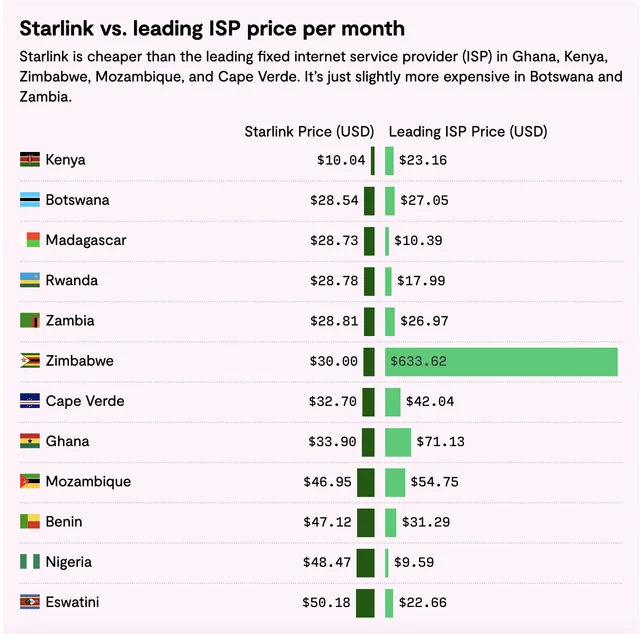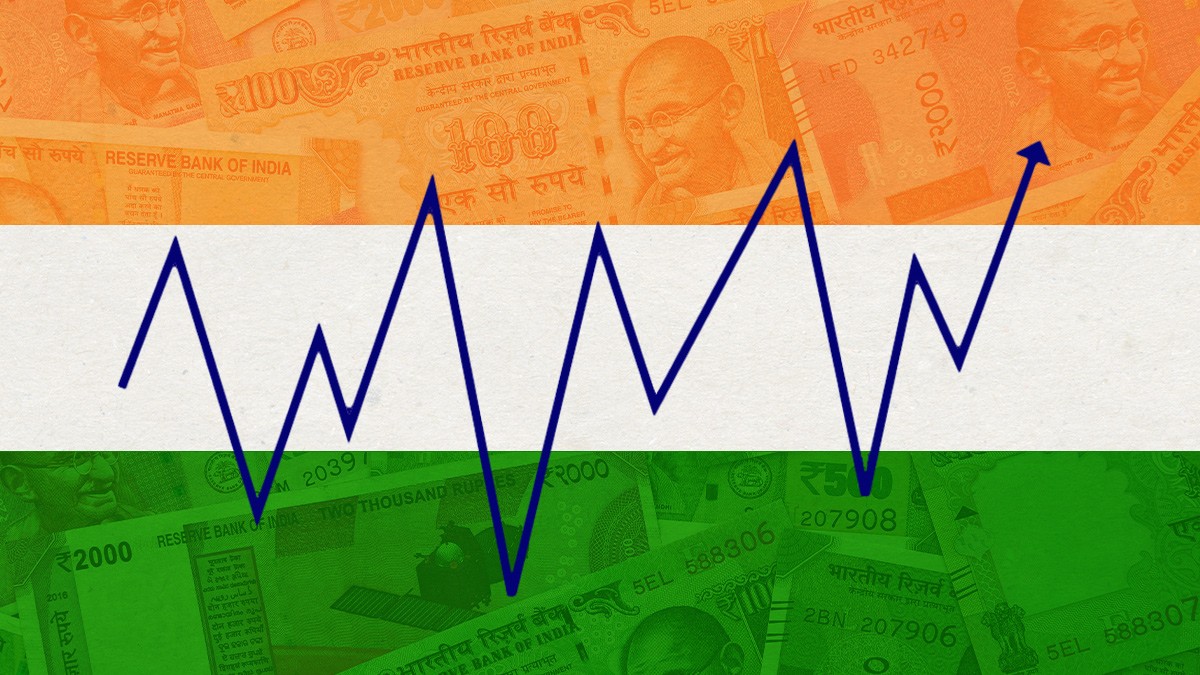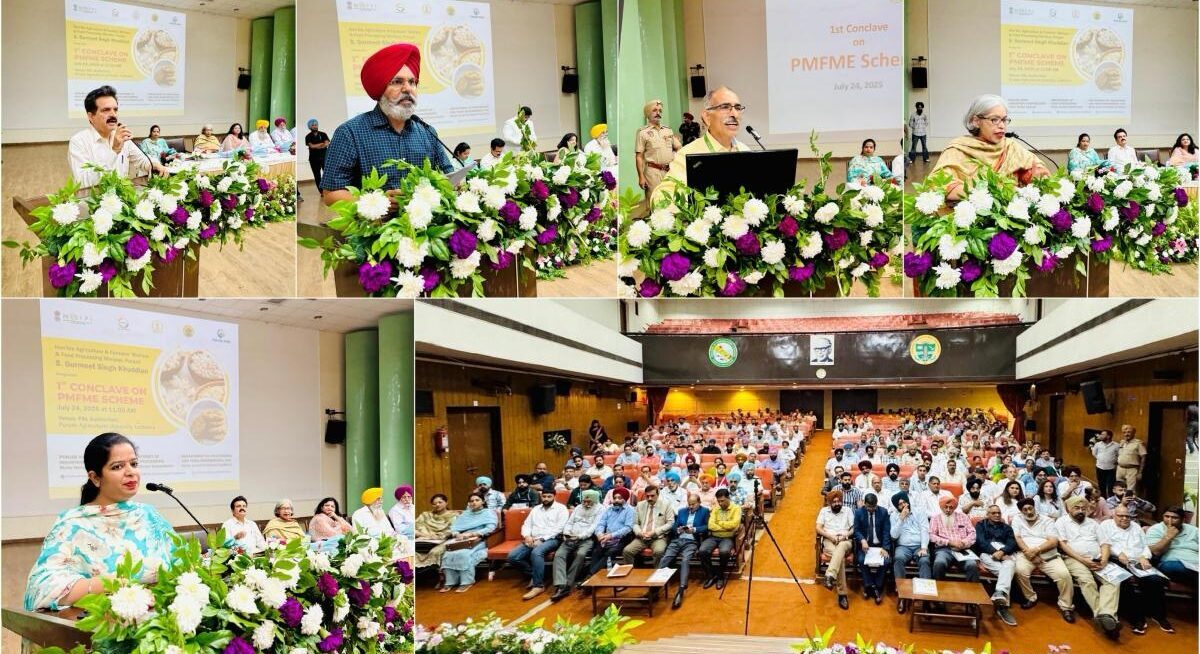After initially opposing Starlink’s entry into India, Jio and Airtel have now partnered with SpaceX. The plan is to make Starlink available through retail outlets and online storefronts, focusing on providing high-speed internet to remote communities across India. The collaboration has immense potential to bridge India’s digital divide. But why are India’s telecom giants partnering with Starlink? Does Starlink threaten their market share? The answer lies in the fundamentally different approaches of fiber internet and satellite broadband.
Why Starlink isn’t a Threat to Telco Giants
Starlink would not disrupt India’s telecom giants. This is because Jio and Airtel already dominate urban broadband with fiber-optic internet. Fiber networks transmit data through glass cables using light pulses, delivering extremely fast speeds with very low latency. While fiber requires high initial setup costs, it has low operational expenses, allowing telecom providers to offer affordable, high-speed plans in cities.
In contrast, Starlink beams internet via a constellation of low-Earth orbit (LEO) satellites, bypassing ground infrastructure. However, satellite internet has higher operational costs, limited bandwidth, and is affected by weather conditions. In cities, where fiber is already available, Starlink is simply too expensive and unnecessary.
However, in remote rural areas where fiber-optic networks are unfeasible due to high infrastructure and setup costs, Starlink has a clear advantage. It can be a game-changer, delivering faster and more reliable internet to villages where connectivity is currently slow, unreliable, and dependent on patchy mobile networks.
Starlink vs. Traditional Satellite Internet: The Latency Factor
India already has satellite-based internet providers like Hughes Communications and BSNL’s satellite broadband services, but these rely on geostationary satellites (GEO) orbiting over 35,000 km above Earth. Jio’s Orbit Connect, in partnership with SES, uses a mix of GEO and medium-Earth orbit (MEO) satellites, while Airtel’s Eutelsat OneWeb network also operates in MEO.
The key difference between these networks and Starlink is latency—the time it takes for data to travel from the user to the satellite and back. Traditional GEO satellites at 35,000 km and MEO satellites at 10,000 km cause noticeable delays, making activities like video calls, gaming, and cloud computing sluggish.
Starlink, operating in LEO at just 550 km, significantly reduces latency, making it much faster than traditional satellite-based internet. This low latency is crucial for real-time applications and makes Starlink a far more viable alternative for rural broadband. If successfully deployed, it could transform digital accessibility in India’s remote regions.
Regulatory Challenges: The Spectrum Factor
One of the biggest hurdles for Starlink in India is securing regulatory approvals, particularly regarding spectrum allocation.
Spectrum refers to the range of radio frequencies used for wireless communication. To prevent interference and ensure efficient bandwidth usage, the government allocates different frequencies for different services.
In India, the government auctions spectrum licenses to telecom companies like Jio and Airtel, granting them exclusive rights to operate within specific frequency bands. This licensing process:
- Ensures fair competition
- Prevents signal congestion
- Generates revenue for the government
Starlink operates on high-frequency Ku-band and Ka-band spectrum, which requires government approval to avoid interference with existing telecom services. Unlike Jio and Airtel, which have already secured licenses for their satellite broadband ventures, Starlink is still navigating these regulatory barriers, delaying its commercial rollout in India.
The Future of Starlink in India
While Starlink may not replace urban fiber broadband, it has tremendous potential for rural connectivity. If regulatory approvals come through, its satellite network could provide high-speed internet to millions in remote areas. The partnership with Jio and Airtel will help lowering costs and speed up adoption making cheaper and reliable internet more accessible to rural communities. A similar feat, has been achieved by Starlink in parts of Africa where its already cheaper than leading ISPs.

However, with homegrown satellite broadband initiatives from Jio and Airtel, the competition is far from one-sided. Starlink’s success in India will depend on how well it navigates regulations, pricing challenges, and competition from existing telecom giants.
One thing is certain—this collaboration is ultimately beneficial for everyone. By sharing the market pie, Starlink gains access to India’s vast rural base, while Jio and Airtel expand their satellite footprint. This bridging of the rural-urban digital divide could unlock economic opportunities, improve education, and accelerate digital services in underserved regions, making India’s internet landscape more inclusive than ever before.
























